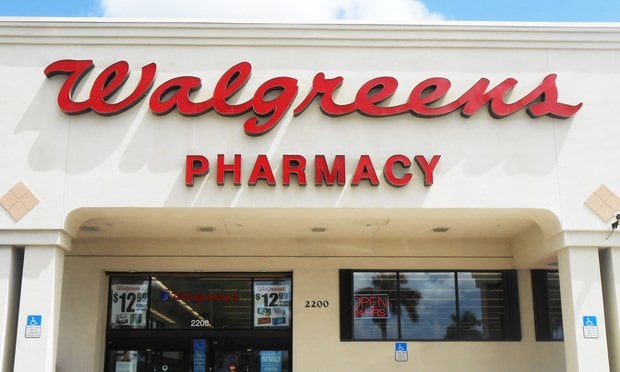In 2010, Christina A. Roberto, a medical professor at the University of Pennsylvania, authored a study that found that small children are more likely to enjoy a food product that has a popular cartoon character on the packaging, particularly for "energy-dense, nutrient-poor foods."
"These findings suggest that the use of licensed characters to advertise junk food to children should be restricted," she concluded.
Five-and-a-half years later, Roberto is floating a similar policy proposal aimed at parents. Putting warning labels on soft drink packaging could significantly reduce the amount of soda American parents buy for their kids, she writes in a new report released in Pediatrics, the official journal of the American Academy of Pediatricians.
Recommended For You
Roberto is basing the conclusion on a study she conducted in which 2,381 adults were divided into six groups and asked to select a beverage for their child from a vending machine. One group was presented with "sugar-sweetened beverages" (SSBs) without warning labels, a second group was presented with drinks with prominent calorie labels and the four other groups were shown drinks with four different prominent health warnings.
Of those who were presented with health warning labels, only 40 percent chose a sugary soft drink, compared to 53 percent who were confronted with a calorie count and 60 percent who saw what the typical American sees when he or she approaches a vending machine.
"Health warning labels on SSBs improved parents' understanding of health harms associated with overconsumption of such beverages and may reduce parents' purchase of SSBs for their children," concluded the study.
Proposed restrictions and taxes on soda are nothing new, but besides pushes to get junk food out of schools, relatively few have succeeded. But despite the political reluctance to treat pop like cigarettes, Americans are drinking less and less soda, due undoubtedly to growing public awareness of its health implications. Consumption has dropped more than 25 percent in the past 20 years, a change that the New York Times called "the single largest change in the American diet in the last decade."
© 2025 ALM Global, LLC, All Rights Reserved. Request academic re-use from www.copyright.com. All other uses, submit a request to [email protected]. For more information visit Asset & Logo Licensing.







